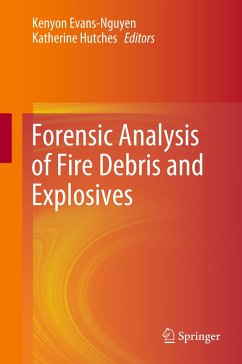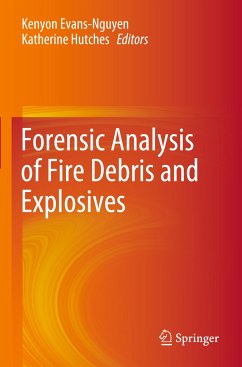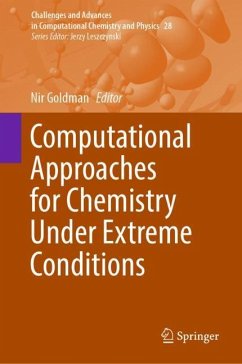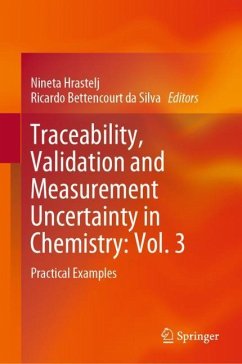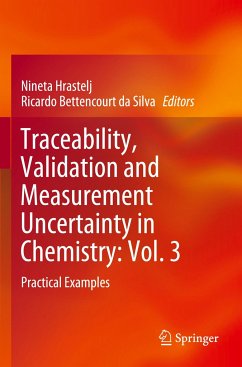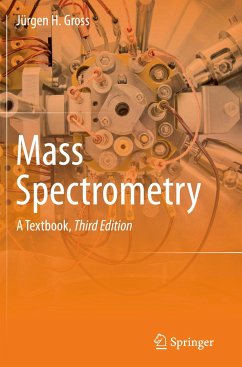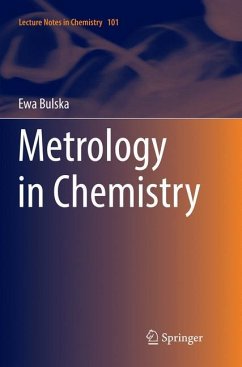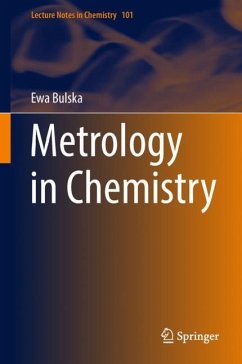
Energetic Materials
From Cradle to Grave
Herausgegeben: Shukla, Manoj K.; Boddu, Veera M.; Steevens, Jeffery A.; Damavarapu, Reddy; Leszczynski, Jerzy
Versandkostenfrei!
Versandfertig in 6-10 Tagen
302,99 €
inkl. MwSt.

PAYBACK Punkte
151 °P sammeln!
This book offers a comprehensive account of energetic materials, including their synthesis, computational modeling, applications, associated degradation mechanisms, environmental consequences and fate and transport. This multi-author contributed volume describes how armed forces around the world are moving their attention from legacy explosive compounds, which are heat and shock sensitive (thus posing greater challenges in terms of handling and storage), to the insensitive munitions compounds/formulations such as insensitive munitions explosive (IMX) and the Picatinny Arsenal Explosive (PAX) s...
This book offers a comprehensive account of energetic materials, including their synthesis, computational modeling, applications, associated degradation mechanisms, environmental consequences and fate and transport. This multi-author contributed volume describes how armed forces around the world are moving their attention from legacy explosive compounds, which are heat and shock sensitive (thus posing greater challenges in terms of handling and storage), to the insensitive munitions compounds/formulations such as insensitive munitions explosive (IMX) and the Picatinny Arsenal Explosive (PAX) series of compounds. The description of energetic materials focuses on explosives, pyrotechnic compositions, and propellants. The contributors go on to explain how modern generation energetic compounds must be insensitive to shock and heat but at the same time yield more energy upon explosion. Nanoinspired and/or co-crystallized energetic materials offer another route to generate next-generation energetic materials, and this authoritative book bridges a large gap in the literature by providing a comprehensive analysis of these compounds. Additionally, it includes a valuable overview of energetic materials, a detailed discussion of recent advances on future energetic compounds, nanotechnology in energetic materials, environmental contamination and toxicity, assessment of munitions lethality, the application quantitative structure-activity relationship (QSAR) in design of energetics and the fate and transport of munition compounds in the environment.



